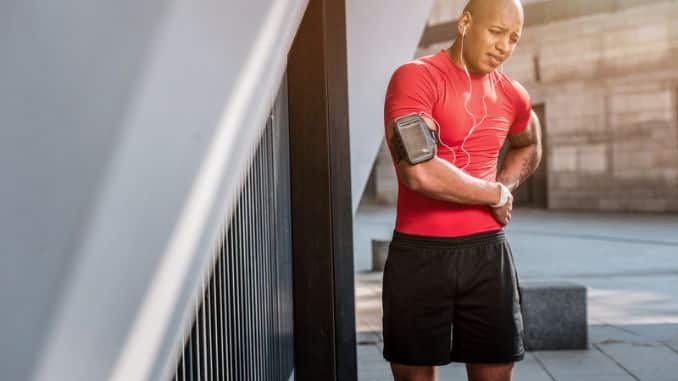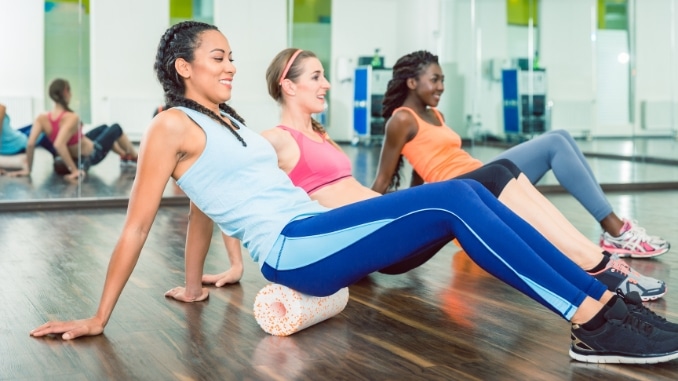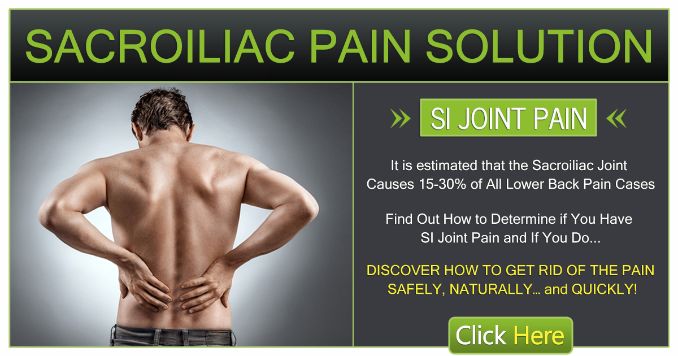
Working out is great for your body. It burns off excess fat and helps you develop lean muscles. But like with any physical activity, there are risks involved in working out. You might experience hip pain after a workout or strain in your hips due to overexerting them during your workout routine.
When you hit the gym hard, your hips will thank you for it. Stronger hips are great for helping you move through daily life more easily and help improve posture, reduce back pain, and even improve sporting performance.
However, hitting the gym can result in painful hip pain [¹] from various sources. The primary source of hip discomfort after a workout is the exertion of muscles that aren’t normally used as much, such as your glutes or adductors—the muscles on the inside and outside of your hips. These muscles are usually inactive until we perform specific movements that require them to work harder than usual.
These exercises might feel unnatural initially, but they’re great for strengthening those weak areas that most people don’t use often. They are already warmed up when you start lifting weights and running on the treadmill. Practicing them before your workout will also help prime these muscle groups.
Why You Get Hip Pain After A Workout
Exercising is a great way to boost your health and fitness, and you may enjoy the benefits of exercise for many years. However, exercise can also cause short-term problems for some people, particularly those new to exercise.
One potential short-term problem is hip pain, which can happen if you’re not careful about how you do your exercises. Hip pain is often caused by a buildup of lactic acid in the muscles. It’s important to understand why you get hip pain after a workout so you can try to prevent it.
When exercising, it’s important to keep your muscles hydrated with water and electrolytes. As your muscles contract, they consume oxygen and produce lactic acid as a byproduct. This acid can cause the muscles to feel sore.

Electrolytes, such as sodium and potassium, are minerals that help your muscles function properly. When you sweat during exercise, you lose electrolytes and water. Replacing these with water and sports drinks can prevent lactic acid buildup and sore muscles.
“I had a great workout on Wednesday, but my hip started to bug me more and more when I was working out.
The workout was a conditioning workout, so there was a lot of running, single leg work, jumping, and squatting. It has been some time since I have done one of these workouts, so it was a shock to my body. It was a challenge and highlighted a few areas I need to work on (gluteus medius strength and full range of motion step-ups).
As I kept working out, my right hip became more painful. I made it through the workout and then self-check on what was going on and figured out it was my IT band (iliotibial band).
It was painful when I moved and palpated it (pressed on it). I know in the past, I would have just stretched it out or taken the next few days off, but now I know better.

What I ended up doing was:
- Foam rolling my quadriceps, IT band, guteus maximus
- SMR of my quadriceps, IT band, and piriformis
- Dynamically stretching my hip
Now to the most important part: I had done the above six times on Thursday. A common mistake people make when they do recovery work is they only do one repetition or one set. Depending on how your body and muscles feel, you may need to do it several times throughout the day to get the benefit you are looking for.
The best time I find to do recovery work is just before bed, so last night, when I was watching another episode of Rookie Blue, I did my recovery work.
Today, I feel a lot better and am ready for today’s workout, but I will do the above one more time and make sure I get to the gym early and do a good dynamic workout with a focus on my hip.
If you are looking for the resource I leaned on to help me; you can check it out here. “
~ Rick
Conclusion
Stronger hips [²] can help you move more easily through daily life and improve sporting performance. Exercising is great for strengthening your hips but can also cause hip pain from many different sources.
Tight, overworked muscles can cause hip pain. Muscle strands slipping out of place cause loose bodies in your hip joint. Poor mechanics can also lead to increased strain on your hips.
References
1.Blankenbaker, D. G., & Tuite, M. J. (2006). The painful hip: new concepts. Skeletal Radiology, 35(6), 352–370. https://doi.org/10.1007/s00256-006-0105-5
2. Catelli, D. S., Kowalski, E., Beaulé, P. E., Smit, K., & Lamontagne, M. (2018). Asymptomatic Participants With a Femoroacetabular Deformity Demonstrate Stronger Hip Extensors and Greater Pelvis Mobility During the Deep Squat Task. Orthopaedic Journal of Sports Medicine, 6(7), 232596711878248. https://doi.org/10.1177/2325967118782484

